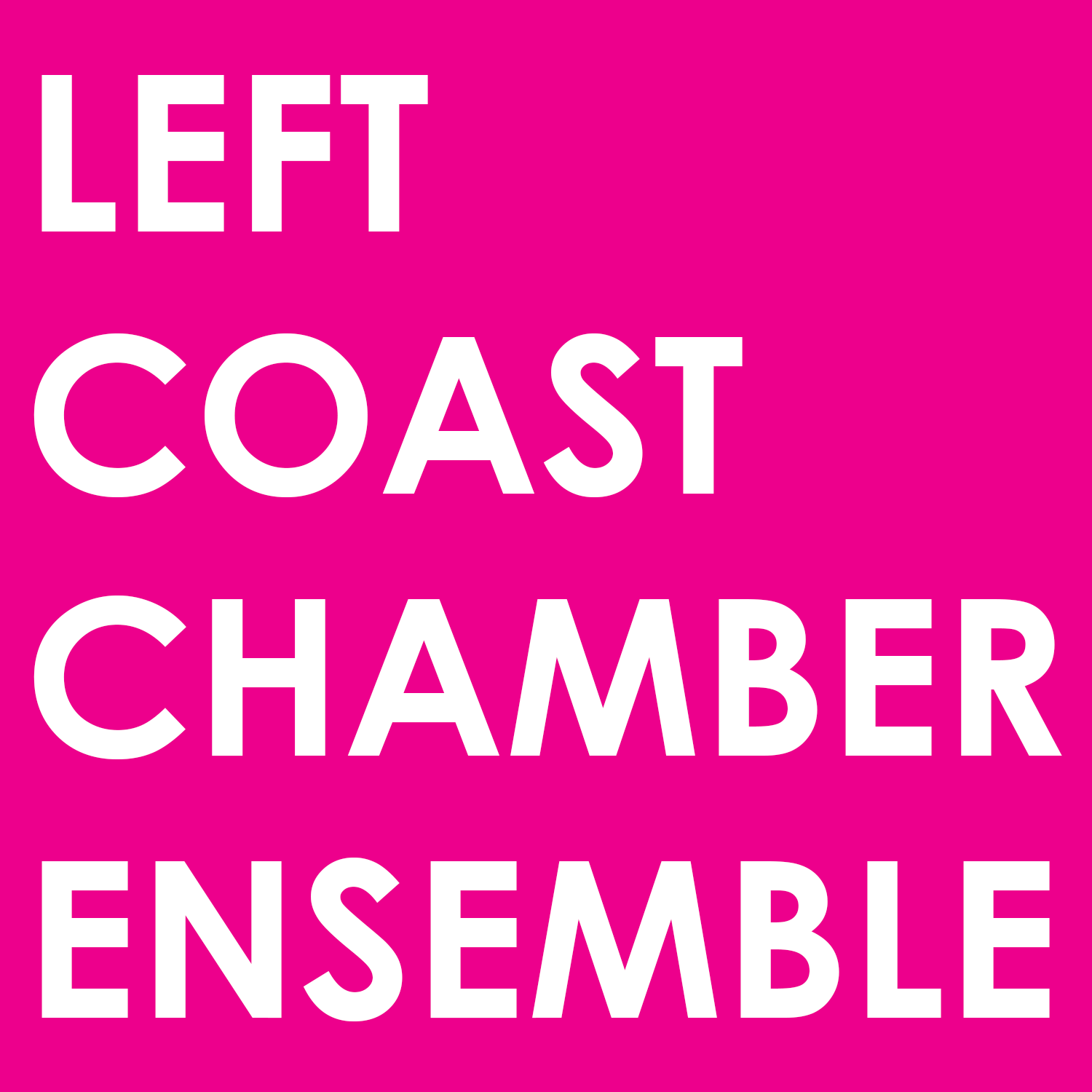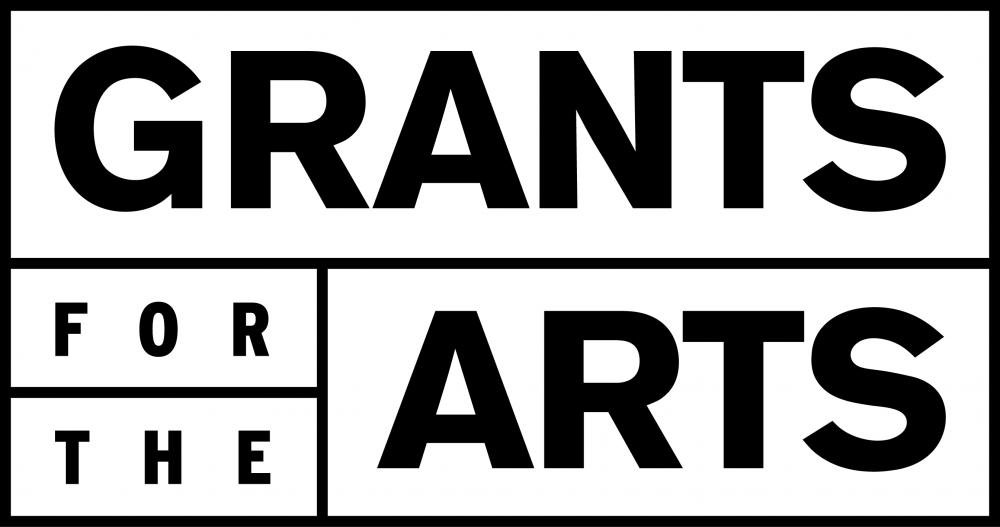VIRTUAL CONCERT:
Monday, September 21, 2020, 7:30 PM
(With an “after party” on Zoom following the concert!)
This event is free to join. We ask you to consider making a donation of $25, or whatever you’re able.
Soft-Spoken
David Dominique - Soft-Spoken WORLD PREMIERE
Laurie San Martin - Zeppelin for Flute and Cello
Albert Roussel - Trio for Flute, Viola, and Cello, Op. 40
L. V. Beethoven - Serenade in D Major for Flute, Violin, and Viola, Op 25
Kurt Rohde - blued, after Joni Mitchell, a remix for Alto Flute, Violin, Viola, and Cello
Kurt Rohde - Ave, after Hildegard von Bingen, a remix for Alto Flute, Viola, and Cello
This program stars flutist Stacey Pelinka in Soft-Spoken, a world premiere from the multi-talented artist David Dominique, Zeppelin, a duo by Laurie San Martin, and Kurt Rohde’s new remixes of songs by Hildegard and Joni Mitchell, alongside trios by Beethoven and Albert Roussel.
Artists
Stacey Pelinka, flute
Kurt Rohde, viola
Leighton Fong, cello
Anna Presler, violin
Please RSVP to receive the event link!
Many thanks to our generous hosts, the Women’s Faculty Club at UC Berkeley.
Program Notes:
David Dominique
Soft-Spoken (2020)
Notes by the composer
In the Summer of 2020, I had put aside music for a bit to focus on Black Lives Matter activism and political journalism. The extroversion and sheer loudness [literal and figurative]required in these domains became me. I accepted these personal adjustments as necessary adjuncts to the work I was doing, but in Soft-Spoken I've taken the opportunity to become something else. Unity has been important to me lately. Unity of being, Unity of purpose. So this trio is about individuals becoming one for the sole purpose of moving together gracefully, quietly, in no rush, and for each other only.
Laurie San Martin
Zeppelin (2002)
Notes by the composer
Zeppelin was written for Tod Brody and Leighton Fong for the Empyrean Ensemble December, 2002 all premieres concert. The piece has three short movements, fast-slow-fast. However, within each movement there is rapid fluctuation of mood, texture and thematic material. In general, the piece is very lyrical and free, with the tune alternating between the flute and cello.
The first movement begins with a quiet somber theme that returns throughout the piece. The somewhat erratic gestures of the opening movement become more continuous and lyrical in the second movement. The change to alto flute in movement two contributes to the warmer mood. The third movement begins somewhat frantically with the cello scrambling around in the highest register. Much of the piece remains in the high register, thus, the title Zeppelin.
Kurt Rohde
blued, after Joni Mitchell, and Ave, after Hildegard von Bingen (2020)
Notes by the composer
The two works used as source material for my remixes are Joni Mitchell’s Blue and Hildegard von Bingen’s Ave Maria.
These are not arrangements, which take the original music, maintain its overall original integrity, and arrange it for a different instrumental combination.
Mitchell’s Blue is for voice and piano; Hildegard’s Ave Maria is for voices and may have had improvised instrumental accompaniment, which would not survive in notated form.
Remixes are contortions, distortions, re-imaginings.
For me, a remix is the point of view/listening from the other side of a wide canyon that looks/hears toward an object that everyone else has been observing from the same “somewhere else” place, down there, over there, far away.
Recognizability of the original material may or may not be one of the features of the remix.
Remixing the mood, the affect, the tone of the music may happen.
I think of a remix as being so touched by the source (the music) that it allows me to wonder of other possibilities, of other potentials unconsidered until the moment of the remix.
For blued, it is the nocturnal sustained quality of the music that touched me; what if it were slowed down a little and the piano part was elongated to the point of smearing?
For Ave, it is the spinning, astounding allure this melody endlessly unfurls that (I feel) makes Hildegard one of the West’s greatest melodicists…ever.
Albert Roussel (1869–1937)
Trio for Flute, Viola, and Cello, Op. 40
by Scott Foglesong
The French composers who were active from the Belle epoch through the interwar period include among their number quite a few celebrated names: Fauré, Debussy, Ravel, Satie, Poulenc, just to list the first that come to mind. Albert Roussel, however, tends to be odd man out; he never achieved posthumous critical mass and remains a lesser-known figure amongst his brethren. His music has had its passionate advocates—perhaps none more than Alsatian conductor Charles Munch—and certain of his orchestral works, in particular the symphonies, have handily resisted the siren call of obscurity.
Nevertheless, Roussel’s music is something of an acquired taste and requires a listener’s perseverance to grok his reserved, cerebral, and objective mature style. The effort is altogether worthwhile. Roussel’s music may lack the visceral sensuality of Debussy or the tantalizing allure of Ravel, but it can worm its way into the ear and ingratiate itself, in its own way and on its own terms. It’s quality stuff.
We have that doyenne of 20th-century music Elizabeth Sprague Coolidge to thank for the Trio for Flute, Viola, and Cello, Op. 40, which she commissioned from Roussel in 1929. The score itself looks nothing like those of Debussy or Ravel, with their pitter-patter of character indications, notational innovations, and non-traditional instrumental techniques. This is an objective score, carefully notated to be sure, but utterly traditional in appearance save some string harmonics and pizzicati hither and yon. There’s something refreshing about such straightforwardness.
As the notation, so the music—its sturdy and traditional virtues include solid counterpoint, structural harmony, motivic integrity, and meticulously calibrated instrumental balances. The work is cast in the usual fast-slow-fast layout, with the central Andante retaining most of the emotional cards, as usual held close to the vest.
Ludwig van Beethoven (1770–1827)
Serenade in D Major for Flute, Viola, and Cello, Op. 25 (1801)
by Scott Foglesong
“Matters are desperate, but not serious” goes the well-known Viennese motto. Upon arrival in Vienna in the early 1790s, the young Ludwig van Beethoven threw in his lot with a fun-loving, entertainment-obsessed city that was unknowingly dancing on the edge of a chasm. By the end of the first decade of the 19th century Vienna would quake under Bonaparte’s sieges; in the post-Napoleonic 1820s the city would devolve into what was for all practical intents and purposes a police state.
But in the 1790s the good times were rolling. “No place of refreshment, from the highest to the lowest, is without music,” reports one visitor. “Bassoonists and clarinettists [sic] are as plentiful as blackberries, and in the suburbs at every turn one alights upon fresh carousing, fresh fiddling, fresh illuminations.” Anybody who was anybody took music lessons and played at least one instrument. The wealthy kept musicians, even entire orchestras, on tap. Any reasonably competent musician could make a living in Vienna; a really good musician could do considerably better than that.
And Beethoven was a really good musician, an electrifying pianist and brilliant composer with commercial instincts right in sync with the prevailing Viennese taste. By the time Beethoven was in his mid-thirties he would challenge, confront, and even defy his listeners, but as of the 1790s he reveled in his status as an exhilarating hotshot with a rapidly-growing and varied catalog of works from humble to exalted.
Listeners who associate Beethoven mostly with musical thunderbolts might be surprised by the high spirits and effervescence to be found in his earlier works. For every granitic, pre-Romantic “Pathétique” piano sonata, numerous charming concoctions aim to tickle the listener’s fancy, of which the Serenade in D Major, Op. 25 is a prime example. Written around the turn of the century, the Serenade was such an immediate hit that Beethoven commissioned a fellow named Kleinheinz to concoct an arrangement for piano and flute (or violin), which reached print as Opus 41.
As might be expected in such an amiable piece, Beethoven generally avoids the developmental heights of sonata-allegro form; the closest he comes to it, in fact, is by threading sonata-form elements through the concluding rondo. Otherwise, he relies on clear sectional forms such as minuet-and-trio and rondo, with a fourth-place Andante con variazioni that is probably the work’s high point. Of particular interest is the tune itself, gamine kissing cousin to the Adagio cantabile of the celebrated “Pathétique” piano sonata of a few years earlier.
Press for Soft-Spoken:
“The ever-adventurous Left Coast Chamber Ensemble has an appealing program for September”
“…a gifted practitioner like Stacey Pelinka…”
View and Download Press Release HERE.
Banner image: Vivian Sachs

















